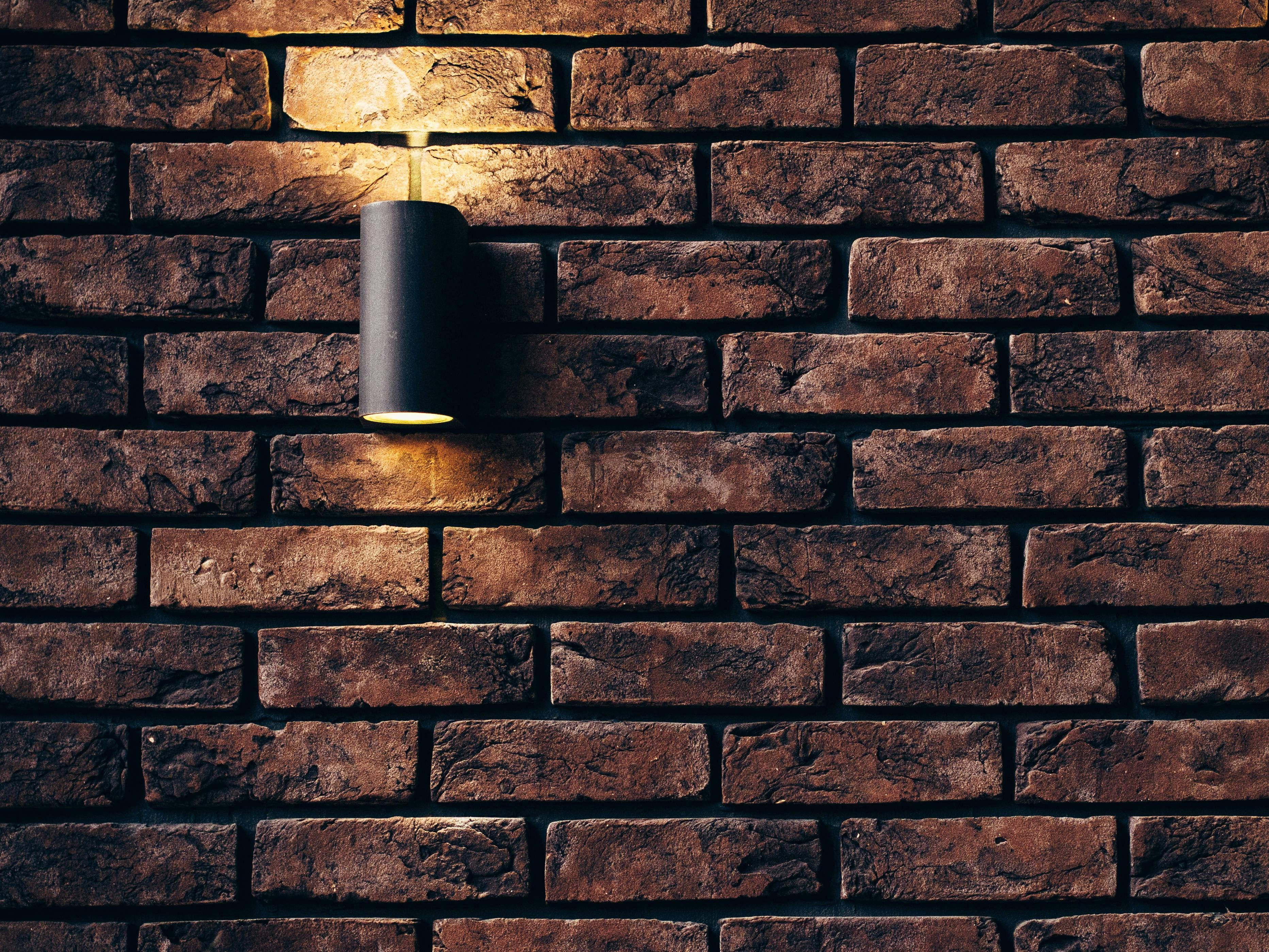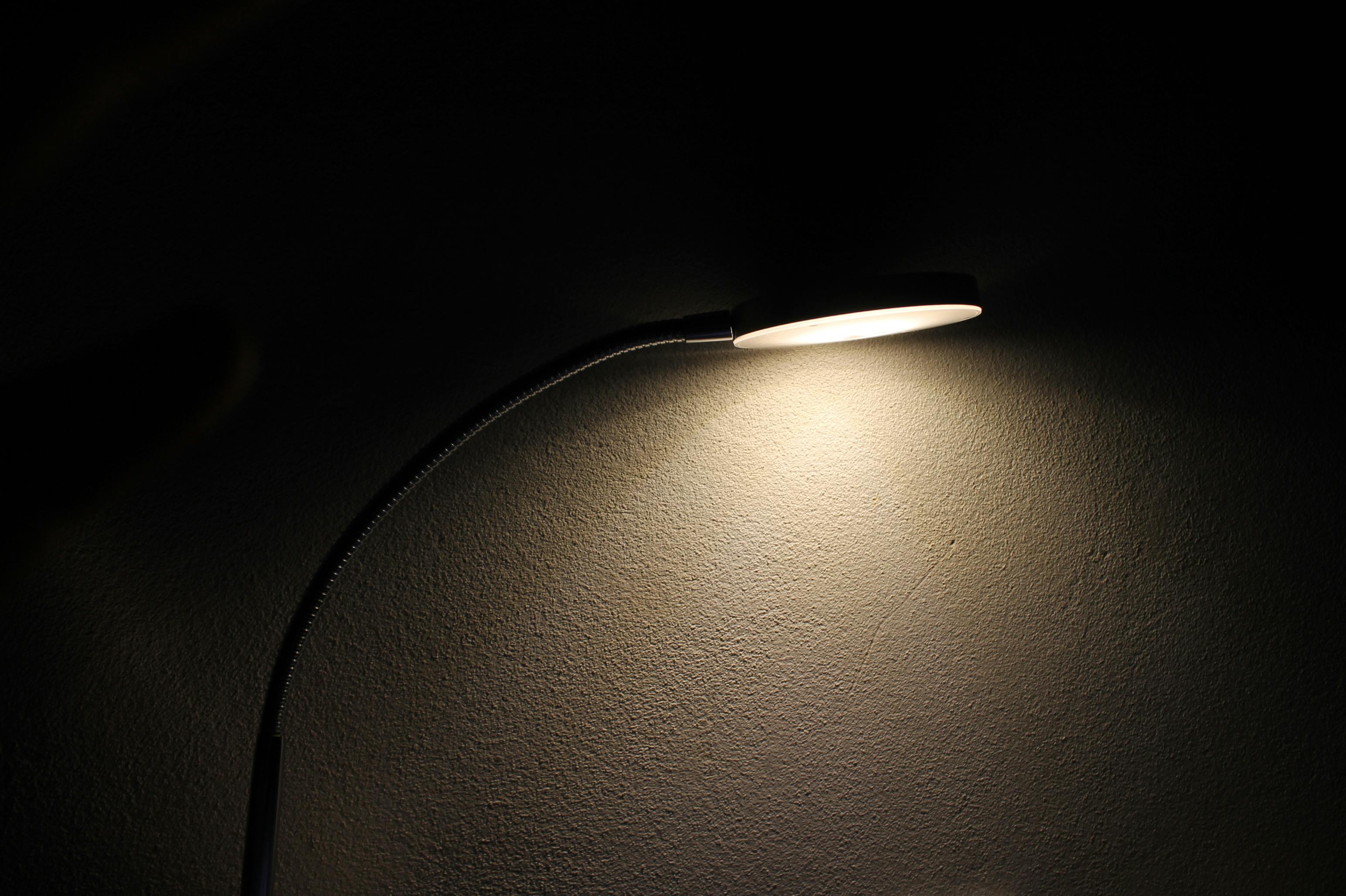Are you looking to enhance the lighting in your indoor space but not sure where to start? In this article, you will learn about smart placement strategies to maximize indoor lighting. From choosing the right fixtures to optimizing natural light, we will cover the best practices to help you create a well-lit and inviting atmosphere in your home or office.
Understanding the Importance of Indoor Lighting
Good lighting is essential for creating a comfortable and functional indoor environment. It not only illuminates the space but also affects your mood, productivity, and even your health. By maximizing indoor lighting with smart placement strategies, you can transform any room into a bright and welcoming space.
Why is Indoor Lighting Important?
The quality of indoor lighting can greatly impact your overall well-being. Poor lighting can cause eye strain, headaches, and fatigue, while proper lighting can enhance your mood, increase productivity, and make tasks easier to perform. Understanding the importance of indoor lighting is the first step towards creating a well-lit space that meets your needs.
Types of Indoor Lighting Fixtures
There are several types of indoor lighting fixtures to choose from, each serving a specific purpose and creating a different effect. By combining different types of fixtures strategically, you can achieve a balanced and layered lighting design that enhances the aesthetics and functionality of your space.
Overhead Lighting
Overhead lighting, such as ceiling-mounted fixtures and chandeliers, provides general illumination for a room. This type of lighting is essential for brightening the entire space and creating a comfortable environment for everyday activities. When choosing overhead lighting fixtures, consider the size of the room, the height of the ceiling, and the desired level of illumination.
Task Lighting
Task lighting is designed to illuminate specific work areas, such as desks, kitchen countertops, and reading nooks. This type of lighting is essential for performing tasks that require focused light, such as reading, cooking, or working on a computer. Task lighting fixtures include desk lamps, under-cabinet lights, and pendant lights, which can be adjusted to provide optimal lighting for the task at hand.
Ambient Lighting
Ambient lighting, also known as mood lighting, creates a warm and inviting atmosphere in a room. This type of lighting is softer and more subtle than overhead lighting, providing a gentle glow that enhances the overall ambiance. Ambient lighting fixtures include wall sconces, floor lamps, and recessed lights, which can be dimmed to create different moods and settings.
Accent Lighting
Accent lighting is used to highlight specific features or areas in a room, such as artwork, architectural details, or plants. This type of lighting adds depth and dimension to a space, drawing attention to focal points and creating visual interest. Accent lighting fixtures include track lights, picture lights, and uplights, which can be adjusted to create dramatic effects and enhance the overall design of the room.

This image is property of images.pexels.com.
Maximizing Natural Light
Natural light is an invaluable source of illumination that can enhance the aesthetics and functionality of any indoor space. By maximizing natural light with smart placement strategies, you can reduce energy costs, improve your mood, and create a connection to the outdoors.
Benefits of Natural Light
Natural light has numerous benefits for both your physical and mental well-being. Exposure to natural light can boost your mood, increase your productivity, regulate your circadian rhythm, and even improve your sleep quality. By maximizing natural light in your indoor space, you can reap these benefits and create a healthier and more enjoyable environment.
Tips for Maximizing Natural Light
To maximize natural light in your indoor space, consider the following tips:
-
Keep Windows Clean: Regularly clean your windows to allow as much natural light as possible to enter the room. Dirty windows can block sunlight and reduce the amount of natural light that filters through.
-
Use Light-Reflective Surfaces: Opt for light-reflective surfaces, such as white walls, mirrors, and glossy finishes, to bounce natural light around the room and make the space feel brighter and more spacious.
-
Avoid Heavy Window Treatments: Choose sheer or light-colored window treatments that allow natural light to filter through while maintaining privacy. Heavy curtains or blinds can block sunlight and darken the room.
-
Trim Trees and Shrubs: Trim trees and shrubs that obstruct natural light from entering your windows. By pruning overgrown foliage, you can maximize the amount of sunlight that reaches your indoor space.
-
Consider Skylights or Solar Tubes: If your indoor space lacks windows or natural light, consider installing skylights or solar tubes to bring in natural light from above. These fixtures can brighten up dark areas and reduce the need for artificial lighting during the day.
By implementing these tips, you can maximize natural light in your indoor space and enjoy the benefits of sunlight throughout the day.
Strategic Placement of Lighting Fixtures
Strategically placing lighting fixtures in your indoor space can enhance the functionality and aesthetics of the room. By considering the layout of the space, the purpose of each area, and the desired ambiance, you can create a well-lit environment that suits your needs and style.
Room-by-Room Lighting Guide
To help you make informed decisions about the placement of lighting fixtures in your indoor space, consider the following room-by-room lighting guide:
-
Living Room: In the living room, a combination of overhead, task, and ambient lighting is recommended to accommodate various activities, such as watching TV, reading, and entertaining guests. Place a ceiling-mounted fixture in the center of the room for general illumination, add floor lamps and table lamps for ambient lighting, and include task lighting near seating areas for reading or hobbies.
-
Kitchen: In the kitchen, task lighting is essential for food preparation, cooking, and dining. Install under-cabinet lights to illuminate countertops, hang pendant lights over the island or breakfast bar for focused light, and include recessed lights in the ceiling for overall illumination. Consider dimmable fixtures to create different lighting levels for cooking, dining, and entertaining.
-
Bedroom: In the bedroom, a combination of ambient, task, and accent lighting can create a cozy and relaxing atmosphere. Install a ceiling fan with a built-in light for overhead illumination, add bedside table lamps for reading, and include wall-mounted sconces for ambient lighting. Use a pendant light or chandelier as a focal point and add accent lighting to highlight artwork or décor.
-
Home Office: In the home office, task lighting is crucial for work-related tasks, such as reading, writing, and using a computer. Place a desk lamp on your workspace for focused light, install overhead lighting for general illumination, and include adjustable task lights or floor lamps to reduce eye strain. Consider daylight-balanced bulbs to mimic natural light and promote productivity.
By following this room-by-room lighting guide, you can strategically place lighting fixtures in your indoor space to create a well-lit and functional environment that meets your needs and enhances your lifestyle.

This image is property of images.pexels.com.
Choosing the Right Light Bulbs
Selecting the right light bulbs for your fixtures is essential for achieving the desired lighting effect and maximizing energy efficiency. By understanding the different types of light bulbs available and their characteristics, you can make informed decisions that enhance the quality of light in your indoor space.
Types of Light Bulbs
There are several types of light bulbs to choose from, each offering different benefits and characteristics. The most common types of light bulbs include:
-
Incandescent: Traditional incandescent bulbs produce a warm and soft light but are less energy-efficient than other types of bulbs. They are suitable for ambient lighting and decorative fixtures.
-
Halogen: Halogen bulbs are similar to incandescent bulbs but produce a brighter and whiter light. They are more energy-efficient and have a longer lifespan, making them suitable for task lighting and accent lighting.
-
Fluorescent: Fluorescent bulbs are energy-efficient and produce a cool and bright light. They are ideal for overhead lighting in kitchens, garages, and offices, where bright illumination is needed.
-
LED: LED bulbs are the most energy-efficient and long-lasting type of light bulbs. They produce a bright and focused light in a range of color temperatures, making them suitable for all types of lighting fixtures.
Choosing the Right Light Bulbs
When choosing light bulbs for your fixtures, consider the following factors:
-
Color Temperature: Select light bulbs with the desired color temperature to achieve the right ambiance in your indoor space. Warm white (2700-3000K) bulbs create a cozy atmosphere, while cool white (4000-5000K) bulbs provide bright and energizing light.
-
Brightness: Choose light bulbs with the appropriate brightness level for each fixture and area. Consider the lumens rating of the bulb to determine how much light it will produce, and adjust the brightness based on the purpose of the lighting.
-
Energy Efficiency: Opt for energy-efficient light bulbs, such as LED or CFL bulbs, to reduce energy costs and minimize environmental impact. Look for bulbs with the ENERGY STAR label to ensure maximum efficiency and performance.
-
Dimmability: If you plan to install dimmer switches in your fixtures, choose light bulbs that are compatible with dimming controls. Dimmable bulbs allow you to adjust the light output and create different lighting levels for various activities.
By considering these factors and choosing the right light bulbs for your fixtures, you can create a well-lit indoor environment that enhances the aesthetics and functionality of your space.
Conclusion
Maximizing indoor lighting with smart placement strategies is essential for creating a well-lit and inviting atmosphere in your home or office. By understanding the importance of indoor lighting, choosing the right fixtures, maximizing natural light, strategically placing lighting fixtures, and selecting the right light bulbs, you can achieve a balanced and layered lighting design that enhances the aesthetics and functionality of your indoor space. Whether you are redesigning your living room, renovating your kitchen, or setting up a home office, following these best practices for smart light placement will help you create a bright and welcoming environment that meets your needs and reflects your personal style.

